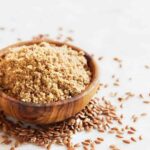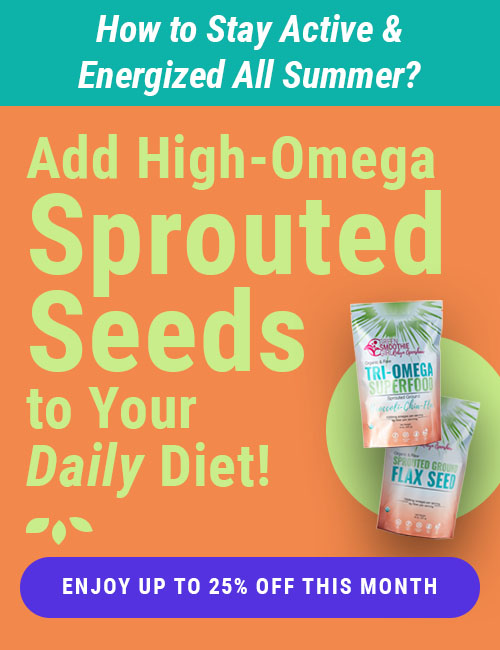the raw food diet
I’m going to be talking for a while about the raw food diet.That’s the only “diet” I approve of (the very word is annoying, isn’t it?).Why?First, because it’s the biggest focus of this web site and the program of whole foods I promote: raw plant foods.Of the 9,000 new visitors to this site monthly, many are coming from the Standard American Diet.And like all things Americana (GSG readers come from 149 countries in the past year), the SAD has spread to all but the most remote parts of the globe.
But many others who read this site are committed raw foodists.The first group may find what I teach daunting.(BUT . . . this is for you, and you can do it.What I teach is very do-able by anyone who wants better health.)And the latter group may call my teachings “transitional”–a good stepping stone on your way to the ultimate, a completely raw diet.
I am unconvinced that 100% raw is necessary for ideal health, and I believe it may even not be ideal.But I do believe this: 60-80% raw plant food is absolutely necessary for good health.
Second, because this is the time of year to get the very best produce, in North America, at least.This is my favorite time of year, when my garden is exploding with vegetables and greens, and my trees are heavy with peaches and apricots.And roadside stands are selling the best foods on Earth.
If you think the raw food diet is some kind of fad–it is exploding on the internet for sure–think again.It’s been around since the dawn of time.In fact, degenerative disease began when mankind discovered fire and began cooking his food.We have gone downhill at an accelerated rate as we’ve discovered more ways to pervasively destroy the nutrition in our food.
Think about undertaking a raw food diet for a few weeks, now that we’re in the easiest time of year to accomplish it.You will need less sleep, as your body needs less recovery because digestion becomes a snap.You’ll have lots of energy, so plan in advance what you are going to do with the extra!Every time I go 95-100% raw for a couple of weeks to a couple of months, I’m always so happy I did.
Posted in: Gardening, Whole Food













